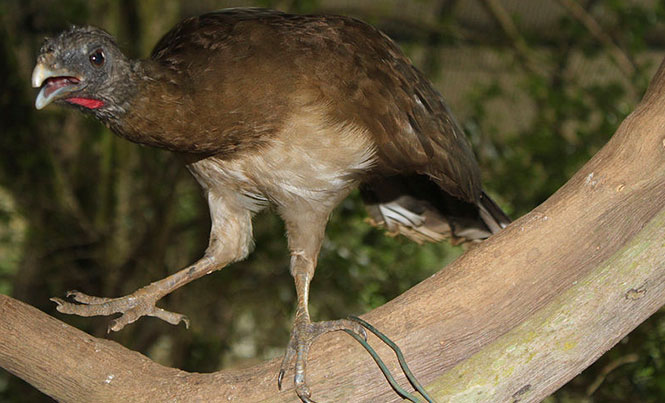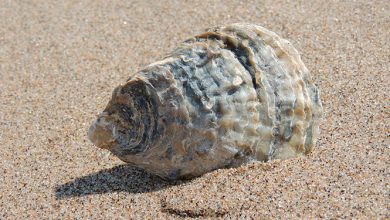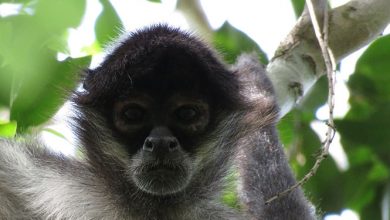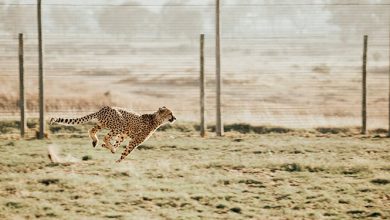Chachalaca: The Loudest Bird In The Forest

Find out more about these noisy avians that can be heard in just about every neighborhood in the area
There are many exotic birds to be seen in Mexico, but the loudest and most interesting call comes from an odd looking bird called a chachalaca. Most likely you will hear a very loud scream type of call, a shrill that sounds like their name, chachalaca, as they repeat it over and over. If one bird starts, they will all chime in, and the squawking will drown out any other noise in the forest. It has been said to sound like a worn out, old motor trying to start. This chorus usually occurs early in the morning or the evening.
They are normally an olive, grey, brown color with a light underbelly, which helps them blend into the environment. It has a distinct red patch of skin on its throat.
The Chachalaca can resemble a chicken as it has a small head with a very large tail and shorter wings with long, strong legs. This bird measures approximately 50 to 56 cm long and weighs between 430 and 800 grams. Is is a herbivore, surviving on berries, other fruits, tender shoots and leaves. Unfortunately, the birds that end up living on, or near hotels and come into contact with humans will begin to eat junk food, or whatever humans leave behind.
The chachalaca in the Yucatan will nest between March and April.
The male’s mating call is a deep, and strong sound. The female will lay 2 to 4 eggs; the gestation period is 22 to 34 days. Their chicks leave the nest soon after hatching and are fed regurgitated food by both parents.
After 2 or 4 weeks they begin to learn to fly small distances within the thickets.
The chicks have distinct mohawk feathers on their head and are covered in brown down.
The family does not stay together once the chicks have grown, but the birds will remain in a community averaging 15 birds. The chachalaca lifespan is usually about 3 to 4 years in the wild.
This bird is an awkward flyer and spends most of their time in the treetops or hopping and running on the ground. The decline in the bird’s population is caused by deforestation and hunting.







